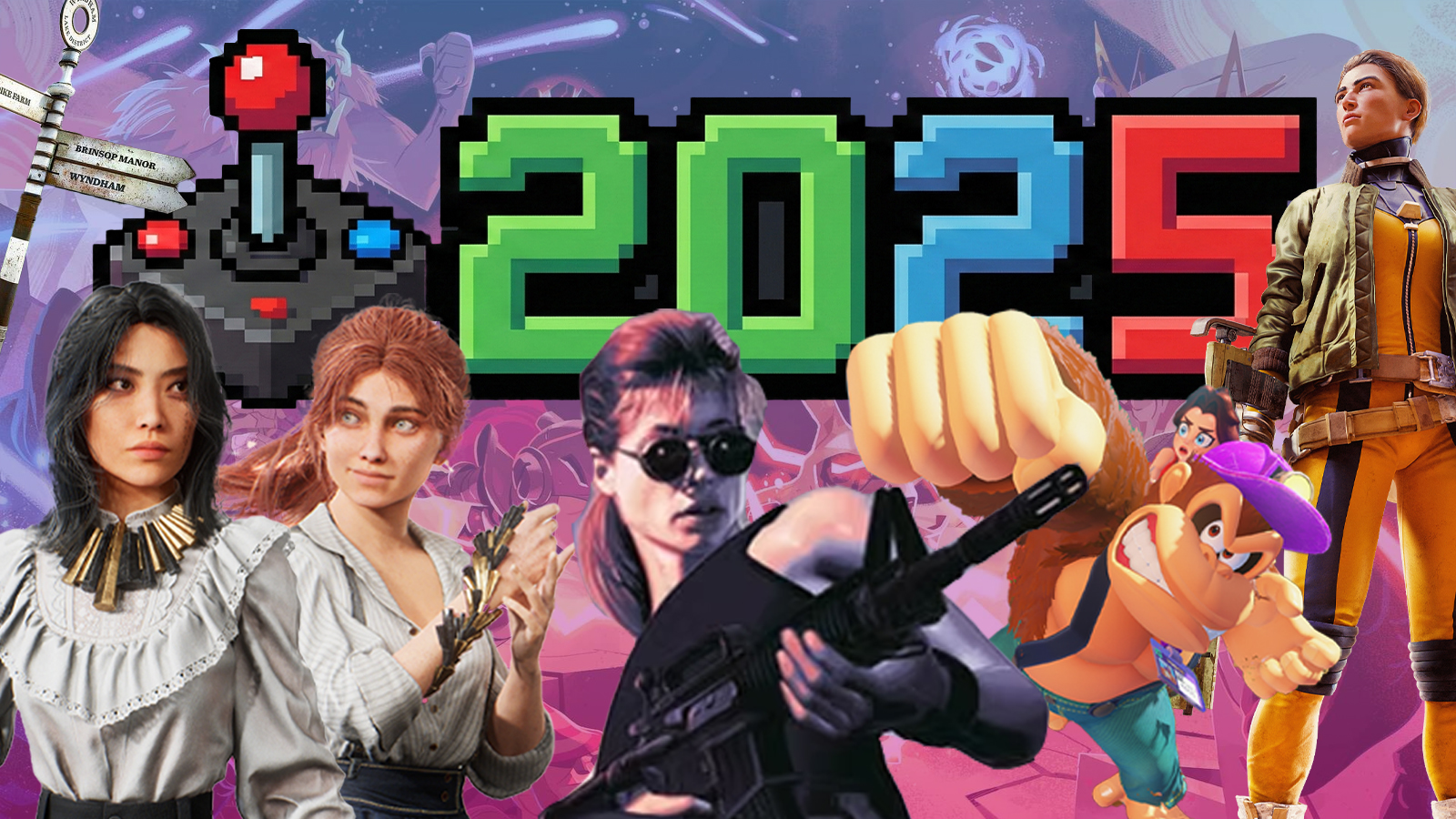10 top tips to improve your sketching skills
This expert advice will help improve your drawing and sketching skills dramatically.
When you are trying to master the art of how to draw and sketch, there are many things to bear in mind. In 3dtotal Publishing’s latest book, 'Masters of Sketching', 20 incredible artists talk you through their process of creating a sketch, giving you invaluable insight into their way of working and offering you empowering words of motivation. Here are 10 sketching tips to help bring a new perspective to your creative process...
01. It’s ok to be messy
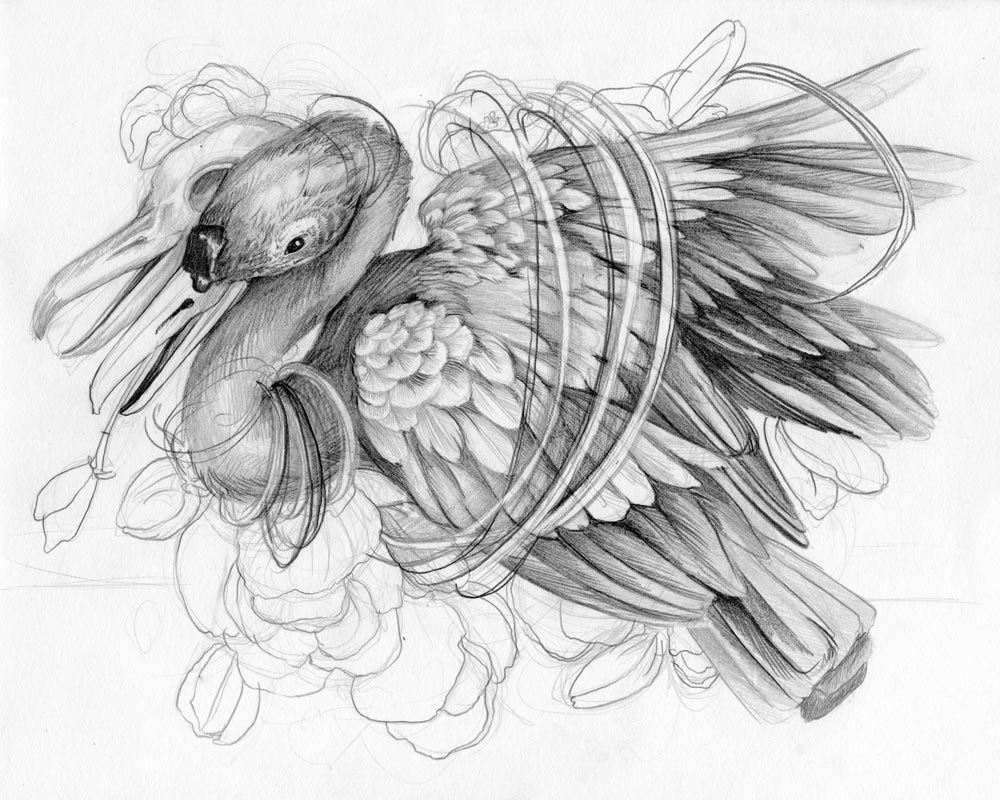
“Because sketching is a place for creative play, I tend to let the process become a bit messy,” says artist and illustrator Christina Mrozik. “Sometimes stray lines can lead to wonderful accidents – new ideas come to light and add to the narrative of the sketch. Let your brain and hands go a little crazy and add some lines that do not make sense or elements that do not belong; from there you can brainstorm ways to make them fit. This is not a final rendered piece; it is simply a platform for developing ideas.”
02. It’s good to think about the big picture
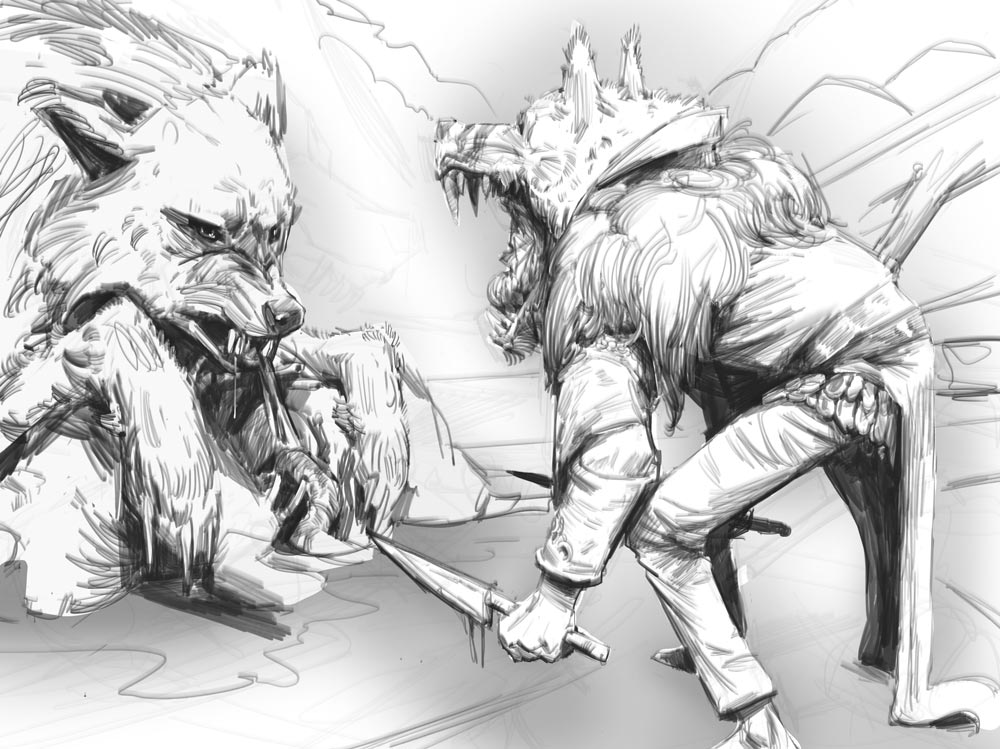
“Whether sketching on a napkin or producing an academic drawing, you make thousands of choices throughout the process,” explains story and concept artist Tom Fox. “The effect that these choices has on your work is normally reduced throughout the sketching process.
"As you become more invested in a piece of work – both emotionally and in terms of time – there is a tendency to become afraid of making significant changes and ultimately you stop focusing on the big picture. For this reason, it is essential to start by looking at the big picture and think about composition and shape over anything else.”
03. You don’t have to draw at the same size as your sketchbook
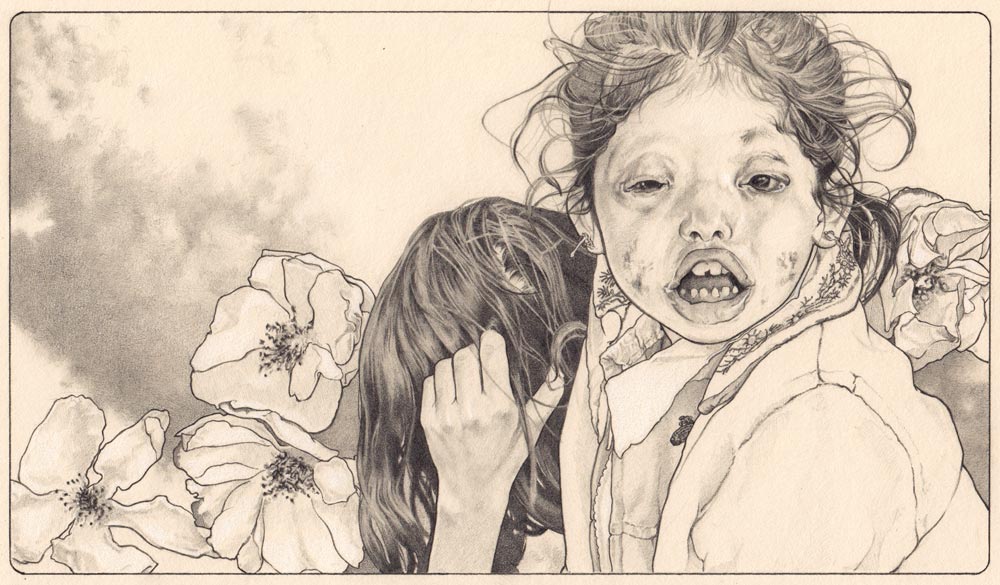
“Finding the right format is a very important part of my artwork,” says fine artist Kikyz1313. “I take into account the tools and techniques I will be using to work out what it will look like in both large and small formats. A large format is not suitable for some types of narrative content because the viewer’s attention might be diverted away from the storytelling by the rest of the image.
"Similarly, a small format is not suitable for highly detailed work. For this sketch I will use a long and narrow, small format; I want it to focus all of the viewer’s attention on the portrait. I will also make use of secondary elements to help the portrait stand out.”
04. Hands can convey emotion too
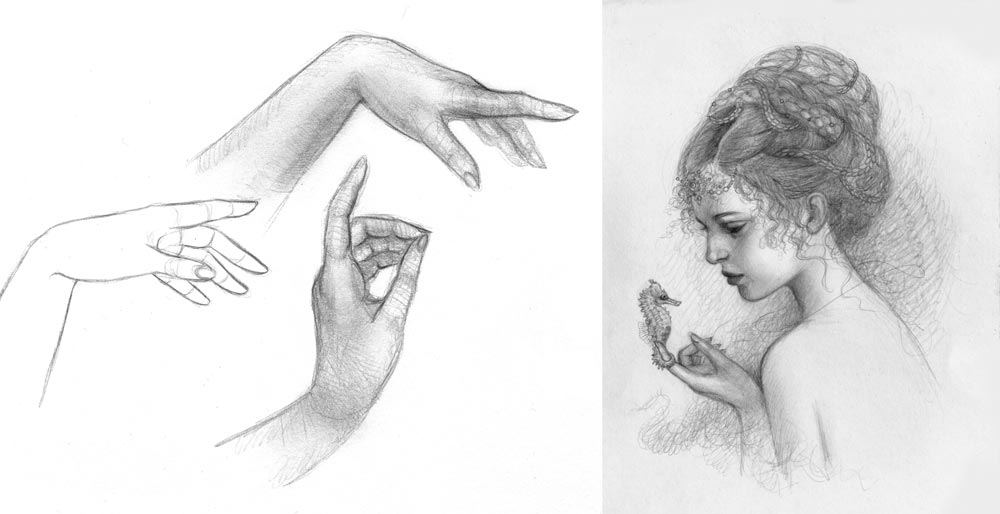
“Hands and eyes are often the best indicators of what a human is doing,” explains fine artist Annie Stegg Gerard. “They help drive narrative, convey emotion and intent, and describe who the character is and what they are doing. A contorted hand shows pain or anguish, while a relaxed hand conveys peace. In this drawing I want to illustrate a tranquil scene so I practice drawing a more relaxed hand.”
Daily design news, reviews, how-tos and more, as picked by the editors.
05. Lines are not always lines
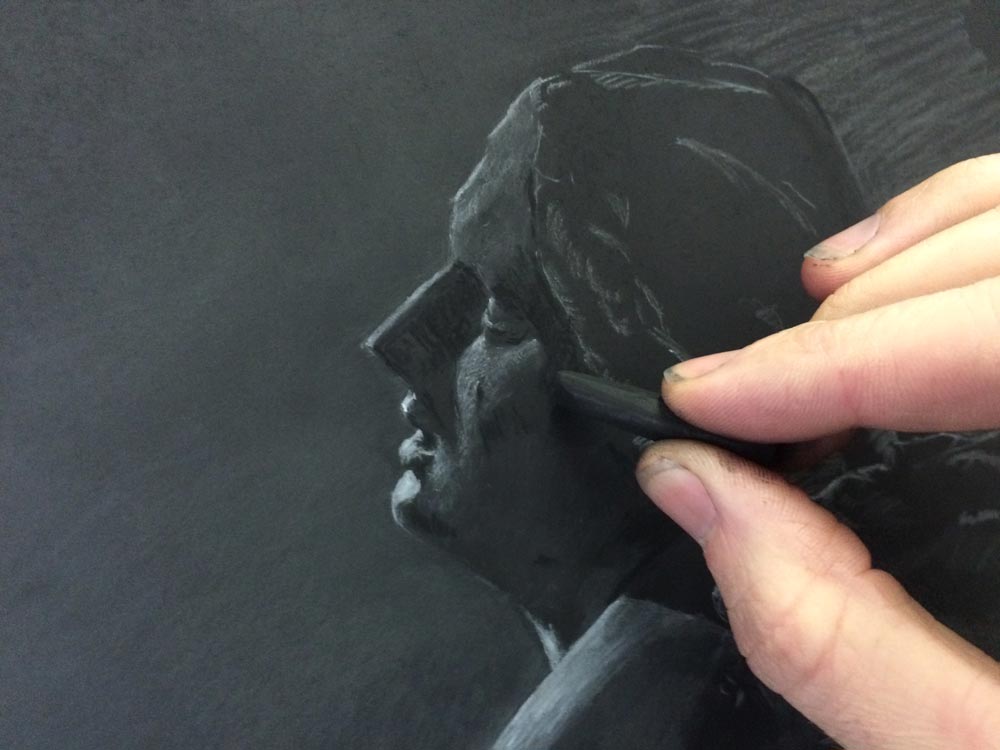
As talented oil painter Sean Layh points out, “Lines do not exist in the real world, just the illusion of them. What you want to replicate within your image is the tonal contrast between objects. The lightness of an object contrasted against the dimness of another will simulate the ‘line.’”
06. Variety is good, but familiarity is also important
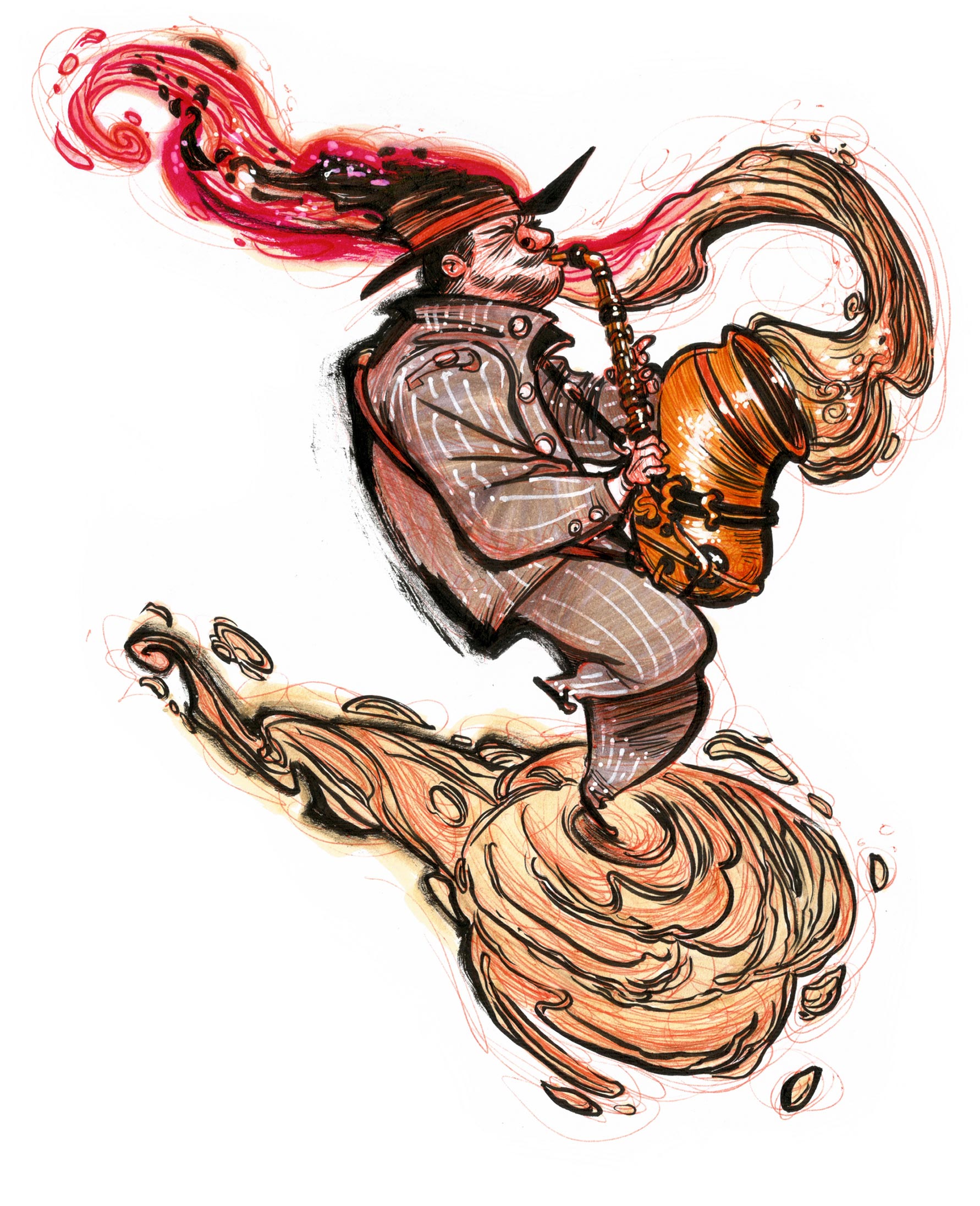
Freelance character designer and illustrator Eduardo Vieira suggests: “Being versatile is great, but getting used to a few specific tools and workflows can be just as useful. I recommend becoming familiar with your tools, experimenting and exploring their potential uses. This will help you learn which tools to use in different situations. I tend to work (a lot!) with traditional tools, experimenting and learning what their strengths and weaknesses are so that I know what marks they produce. In particular I use a selection of ballpoint, fineliner, and felt-tip pens.”
07. You must learn the rules before you break them
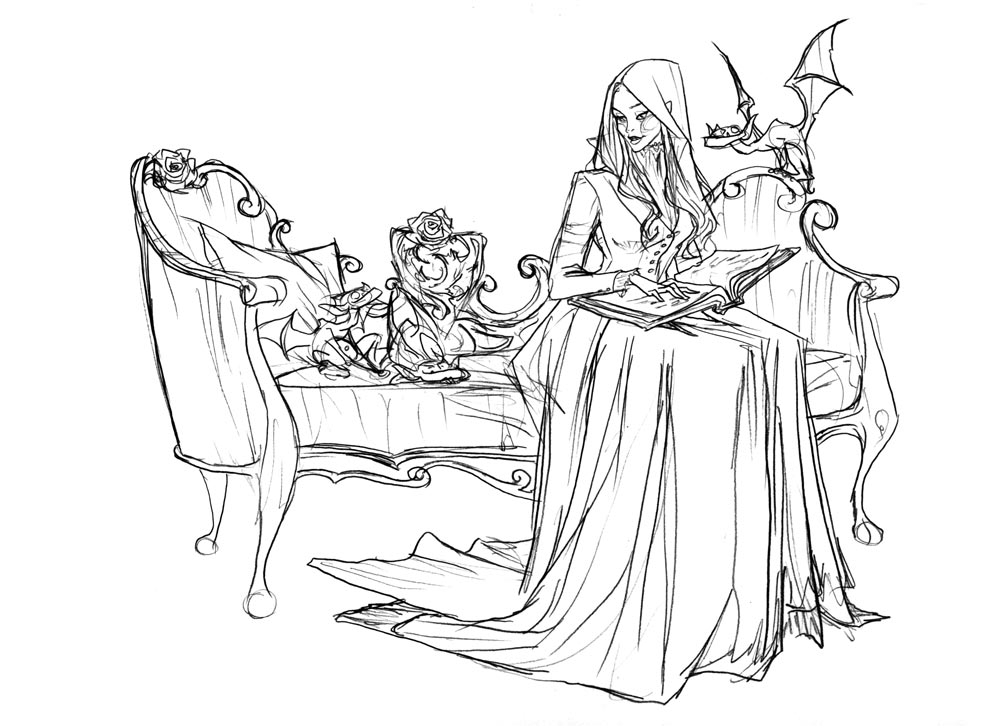
"As artists we are notorious rule-breakers,” says freelance illustrator Abigail Larson. “But do not forget that in order to break a rule, you first have to learn it! Do not underestimate the importance of rigorous practice in your subject; it will help you down the road and save you from becoming frustrated with a drawing that does not look quite right. If you have trouble drawing hands, take time to sketch at least ten hands in various positions every day and soon you will be able to draw them faster and with more accuracy.”
08. Silhouettes are key
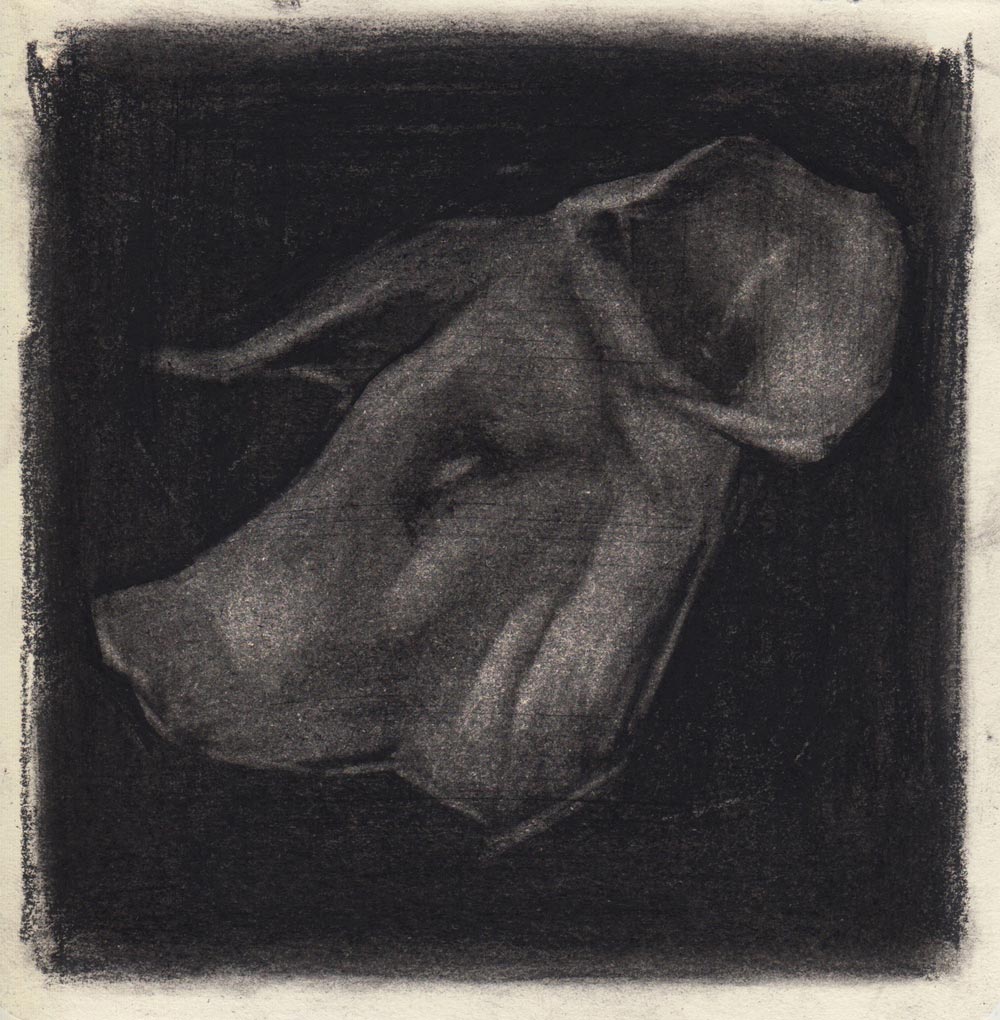
“Whether you are using a reference piece or not, it is important to always consider the shape of the silhouette,” says painter and illustrator Sam Wolfe Connelly. “Having a strong silhouette adds to a more interesting image and structure; you want to be able to tweak these edges as soon as possible so that you do not find yourself having to alter them towards the end when much more detail is involved in the piece.”
09. Line weight is a tool
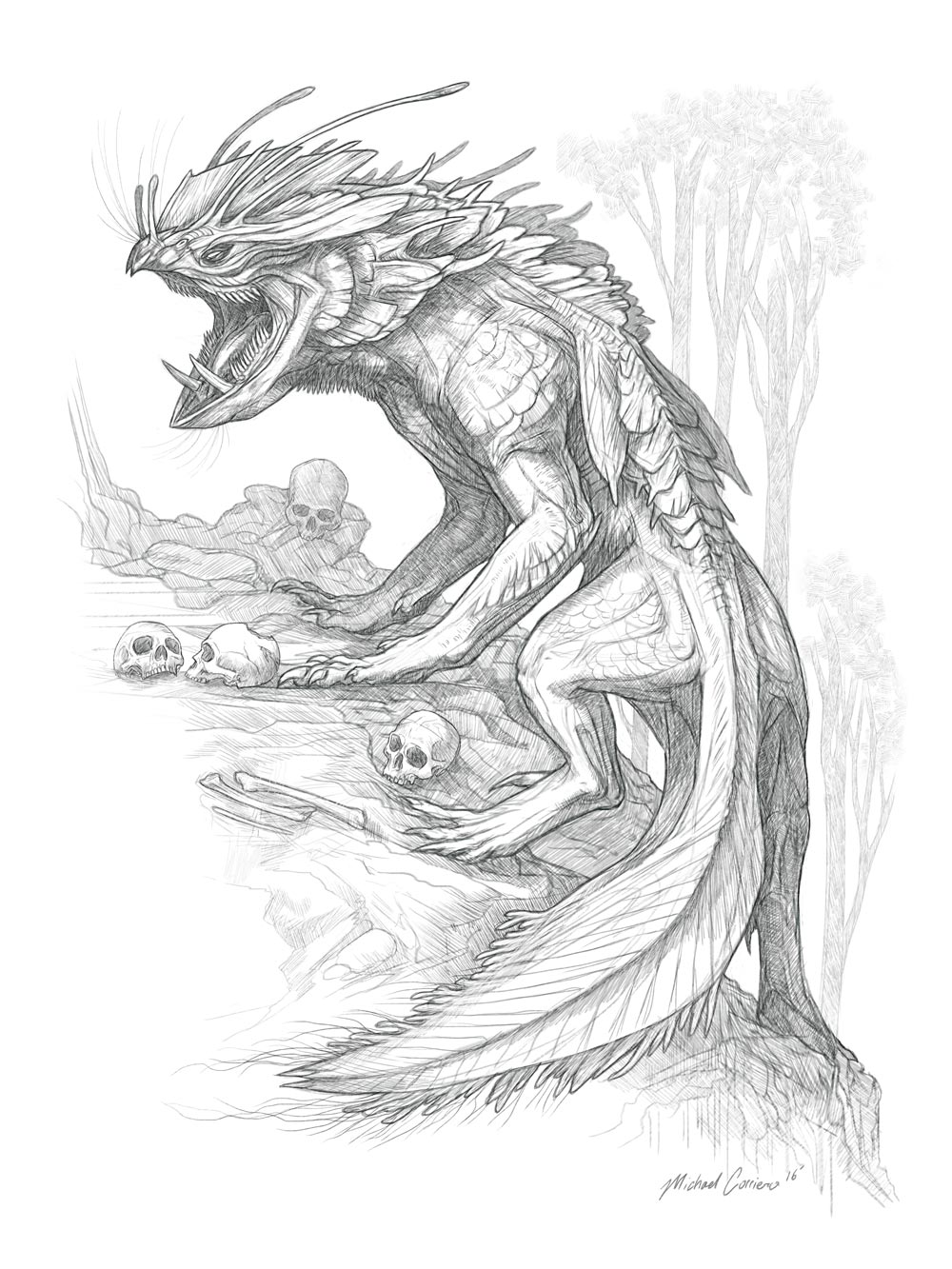
Freelance concept artist and illustrator Mike Corriero reminds us that “line weight is a very important aspect of any sketch. I use a darker tone and thicker lines for forms that I want to stand out, while other areas are very light with loose lines. This helps distinguish what is important and provides a bit of depth and breakup to the drawing.”
10. Sketching is something to savour
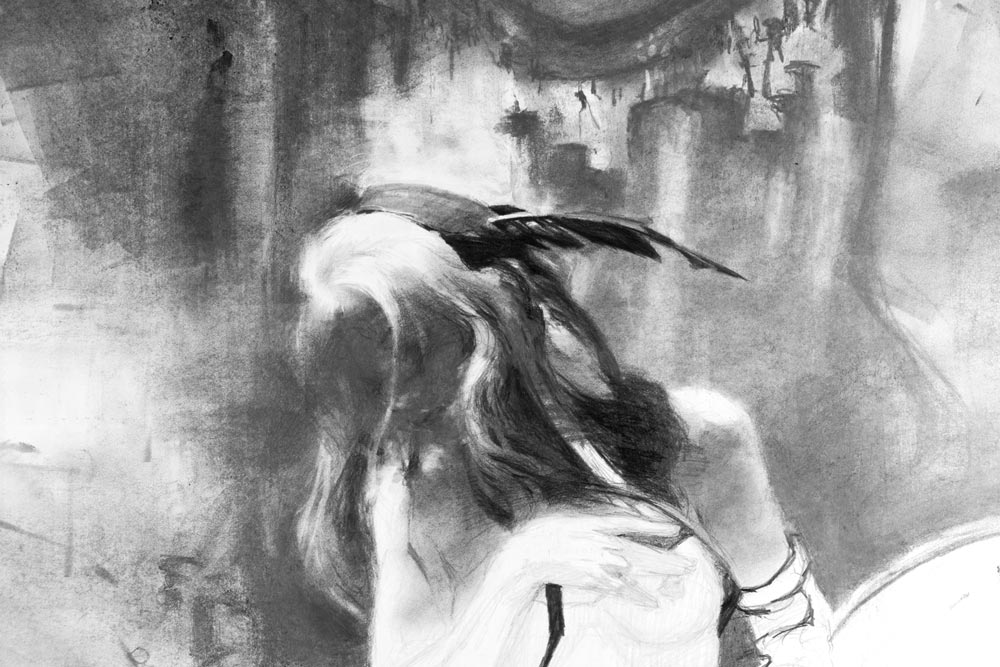
Above all, you should get enjoyment out of sketching. As artist Jeremy Mann beautifully states: “Sketching is the poetry of imagery: you take short and sweet poignant notes of life to feed the soul and exercise awareness of things lost in glimpses.”
Related articles:

Kerrie Hughes is a frequent contributor to Creative Bloq, and was once its editor. One of the original CB crew, Kerrie joined the team back in 2013 after moving from her role as staff writer on 3D World. Since then she's written regularly for other creative publications such as ImagineFX, Computer Arts and Digital Camera World. After a stint working for the police, Kerrie is back reviewing creative tech for creative professionals.
